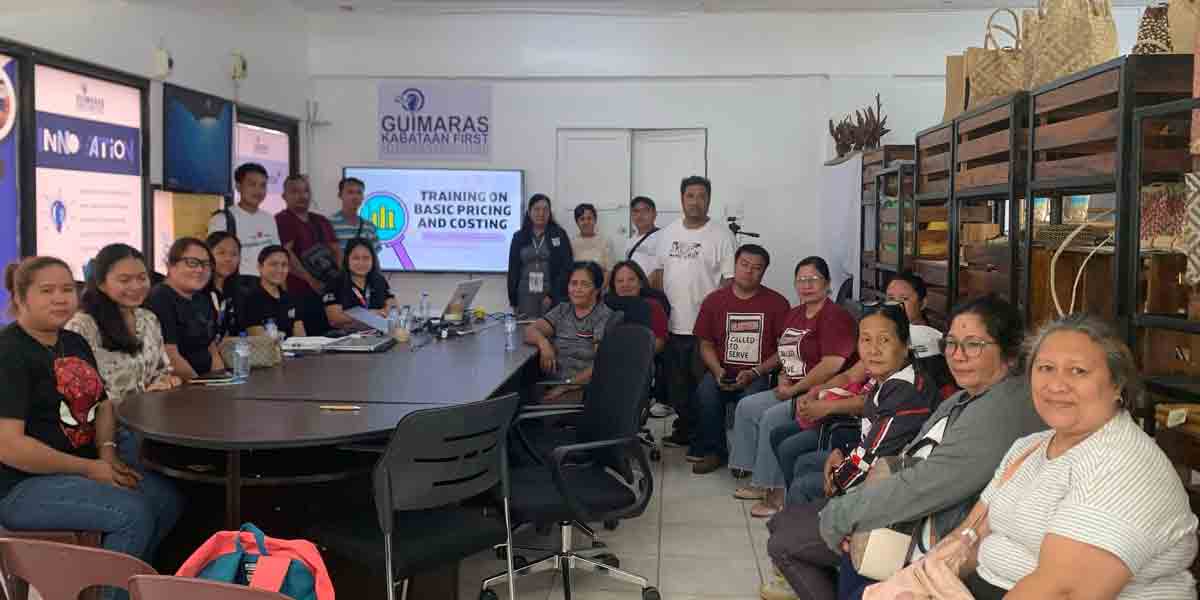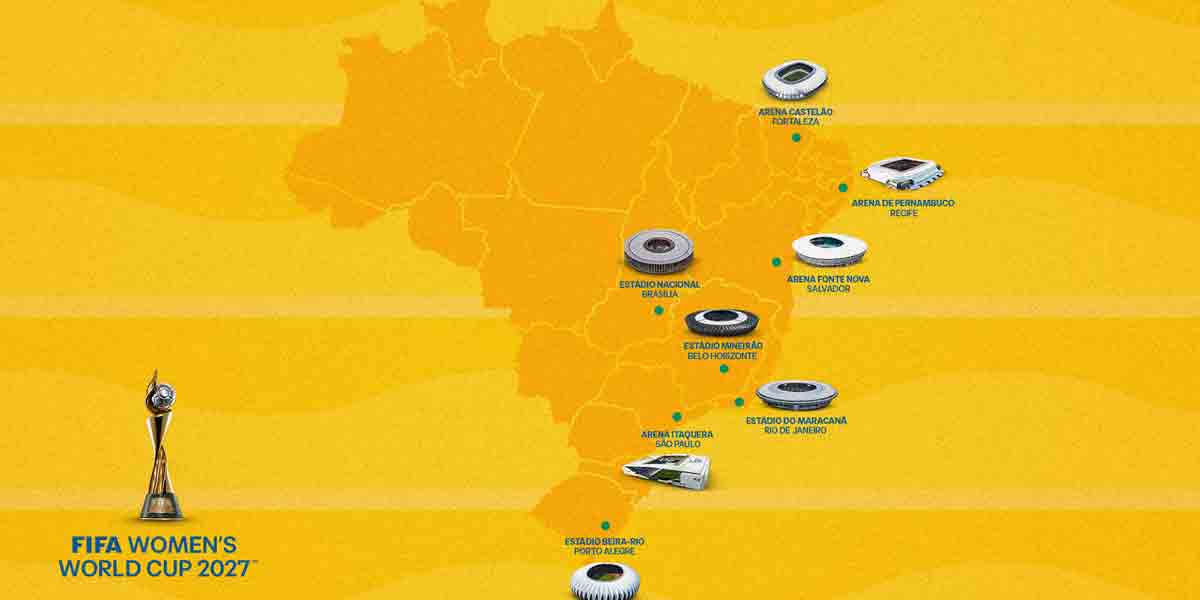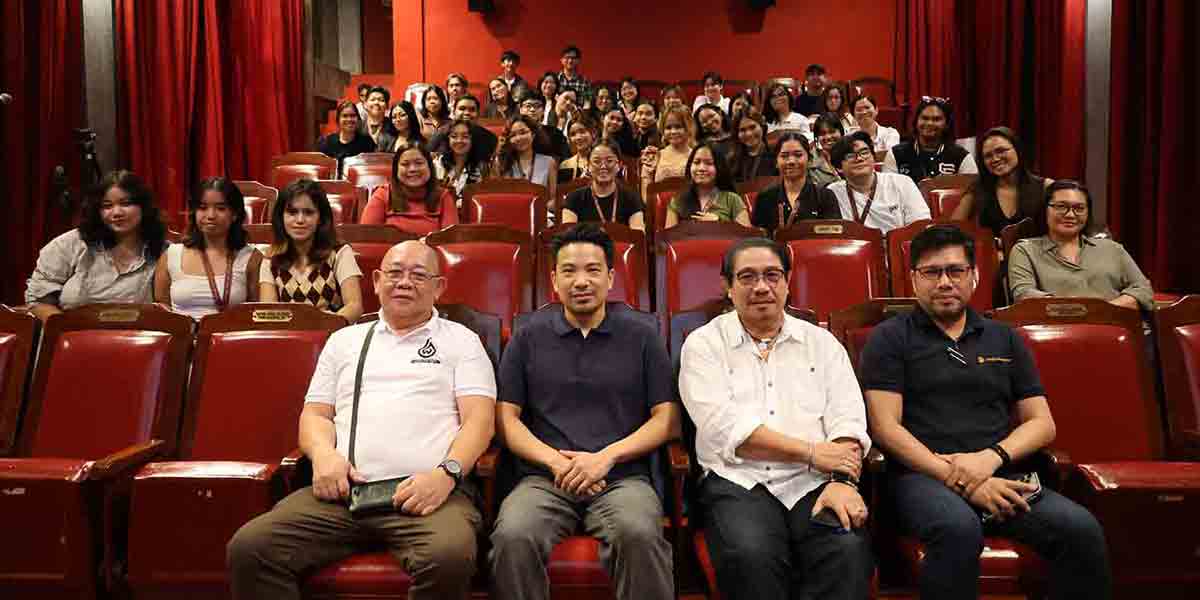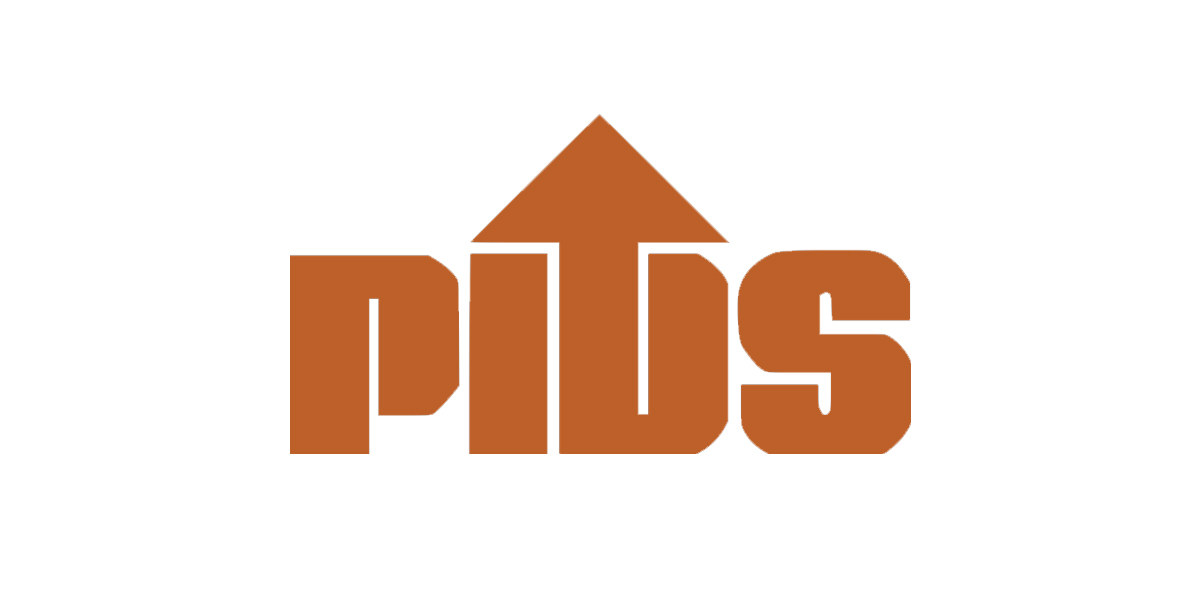By Francis Allan L. Angelo
The Philippine media industry is undergoing a seismic shift, driven by the rapid expansion of digital platforms, changing consumer habits, and market concentration, according to a study by the Philippine Institute for Development Studies (PIDS).
The study, “Analysis of the Competition Landscape of Philippine Mass Media,” authored by PIDS Senior Research Fellow Ramonette B. Serafica and Research Specialist Queen Cel A. Oren, reveals how digitalization is reshaping the media sector, raising concerns over sustainability, competition, and access to reliable information.
Digital Media’s Growing Dominance
The Philippine media market is expected to generate $6.5 billion in revenue in 2024, with digital media accounting for 42% of total earnings.
“Many media companies are increasing their digital presence to capture content and advertising revenue,” the study states.
With Filipinos spending an average of nine hours daily online, digital platforms—such as social media, streaming services, and over-the-top (OTT) content—are now the primary sources of entertainment and news.
GMA News Online, ABS-CBN News, Philippine Daily Inquirer Online, and Rappler are among the top sources of digital news, while Facebook, YouTube, and Messenger serve as major news distribution platforms.
However, this transition comes at a cost: traditional media, especially print and broadcast TV, is seeing sharp declines. Newspapers are forced to migrate online or shut down, while television struggles to compete with on-demand and mobile-first content.
Despite this, radio remains a crucial source of information in rural areas, where digital access is limited due to poor internet infrastructure and high costs.
Market Concentration and Barriers to Entry
A key finding of the study is the high concentration of media ownership, largely controlled by family-owned conglomerates and religious organizations.
The Herfindahl-Hirschman Index (HHI), a measure of market concentration, shows that television and newspaper publishing are among the most concentrated industries, with limited competition.
“The highly concentrated market for wired and wireless internet access services must be addressed,” the study urges.
This lack of competition has led to high costs and slow internet speeds, especially outside Metro Manila, restricting many Filipinos from fully participating in the digital economy.
To break market monopolies, the authors recommend passing the Open Access to Data Transmission Act, which would remove entry barriers for smaller internet providers.
Challenges Facing Traditional Media
As the Philippine media landscape undergoes rapid digital transformation, traditional media faces a series of formidable challenges. While digitalization offers innovation and a broader reach, it has also disrupted long-standing business models, raising concerns about financial sustainability, misinformation, and public trust.
One of the biggest hurdles for legacy media is the decline in revenue streams. With advertising dollars shifting toward digital platforms, traditional news outlets are struggling to stay afloat.
The closure of CNN Philippines serves as a stark reminder of these financial difficulties.
Unlike entertainment-driven content that thrives on high engagement and sponsorship deals, news-focused platforms generate significantly less revenue.
As a result, many media organizations find themselves at a crossroads—either adapt to the digital economy or risk shutting down.
Beyond financial woes, the rise of misinformation and disinformation has further complicated the media landscape.
Social media has become a primary source of news for millions of Filipinos, but its rapid dissemination of content often prioritizes speed over accuracy.
Unlike traditional media, which follows rigorous fact-checking and editorial standards, social platforms operate on algorithms designed to amplify engagement rather than verify information.
This shift has led to a growing concern over the spread of misleading narratives, eroding the role of professional journalism in shaping public discourse.
Perhaps even more concerning is the erosion of public trust in mainstream media. As audiences increasingly turn to alternative sources and user-generated content, traditional outlets face an uphill battle in maintaining credibility.
Many news organizations have attempted to counter this by implementing paywalls and subscription-based models, hoping that a dedicated readership will sustain their operations.
However, the challenge remains—can traditional media survive in an era where free, fast, and often unverified content dominates the digital space?
Media Sustainability
The study suggests several key policy measures to promote a more competitive and inclusive media landscape:
- Fiscal Incentives Over Subsidies – The government should offer tax breaks instead of direct subsidies to media companies that will ensure editorial independence while easing the transition to digital platforms.
- Media Literacy Programs – Strengthening digital literacy across all age groups can help combat fake news and empower Filipinos to navigate digital media responsibly.
- Expanding Internet Access – Infrastructure improvements and competitive pricing can bridge the digital divide, especially in rural areas.
- Encouraging Media Diversity – Easing foreign ownership restrictions and reducing licensing barriers could introduce new players into the industry, fostering competition and content variety.





















